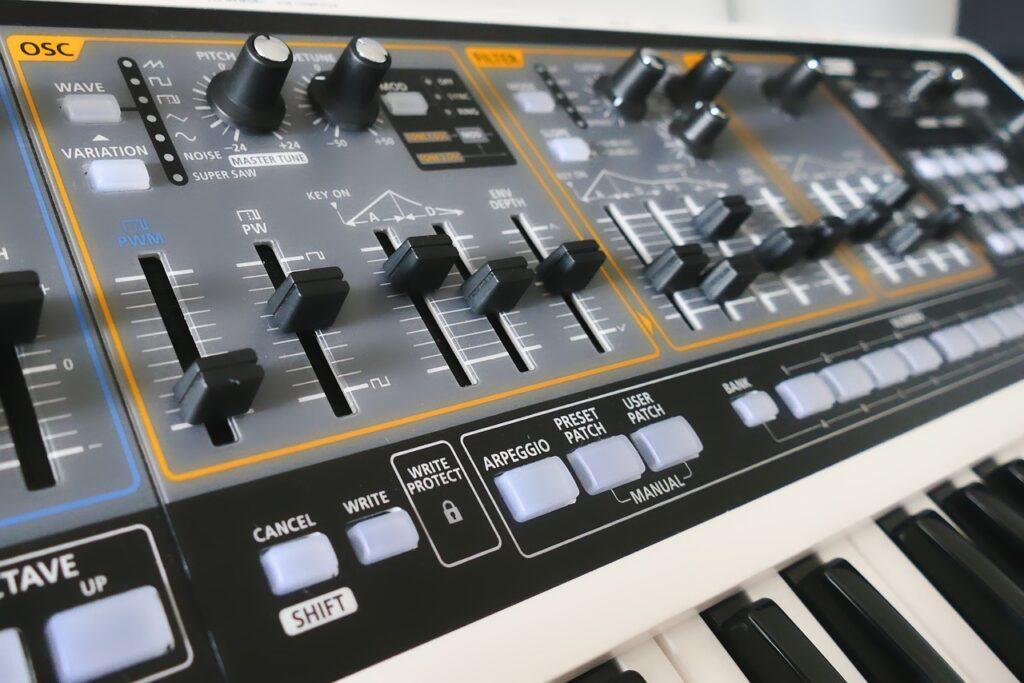How do we define meantone tuning? Ross Duffin states:
…. regular temperaments include quarter-comma, fifths-comma, sixth-comma (and so on), meantone temperaments, in which all the fifths but one are tempered by the same amount… (How Equal Temperament Ruined Harmony 39)
This means that all the fifths in quarter comma meantone tuning are tuned to 697 cents, except for the wolf interval between C# 76 and Ab 814 (814 – 76 = 738 cents).
Why did they choose the name meantone temperament? Duffin explains:
They are called meantone because the whole tone is exactly one half the size (that is, the “mean”) of the major third. (How Equal Temperament Ruined Harmony 39)
In other words, D 193 is half of E 386 (see the chart below).


